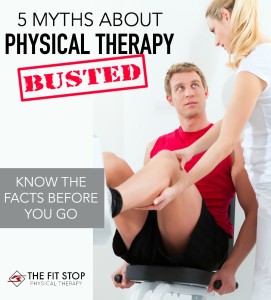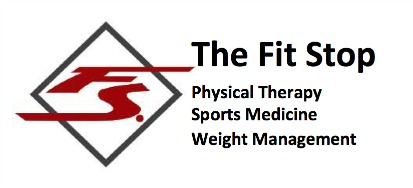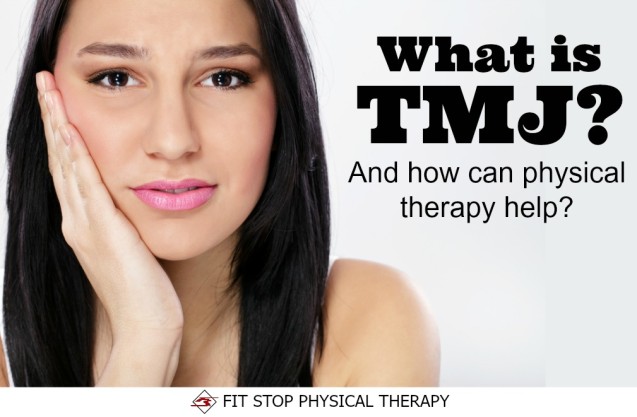What is TMJ and How Can PT Help?
Clicking, popping, catching, grinding… all are symptoms we hear regularly about the jaw. But what is this jaw pain you’re experiencing and how can physical therapy help? Today we have Tyler Bluth, PT, MPT, writing for us; he is going to explain tempero-mandibular joint (TMJ) pain and why physical therapy might be your best bet at helping it to feel better.
So what is TMJ? TMJ refers to the joint that connects the face to the jaw. It is a joint like many other joints in the body. When people have pain or clicking in the joint upon opening or eating it is referred to as TMJD or Temporal Mandibular Joint Disorder.
What are some of the common signs and symptoms of TMJD? TMJD patient have pain with opening and closing their mouths. They experience pain with chewing and will also describe “clicking” symptoms. Often people have night pain from grinding their teeth together. TMJD is often accompanied by neck pain and is often significant enough that pain wakes them at night.
My jaw hurts, but so does my neck. Is that common? Upper neck pain is a common symptom with TMJD due to tension of muscles through upper neck behind the head. Physical therapists should treat this pain and tension in your upper neck to decrease inflammation and improve range of motion.
So who should I go see for my TMJD? Physical therapists work in conjunction with dentists to improve bite mechanics. The dentist will often use a splint to be worn at night to alleviate pain and improve teeth grinding symptoms. A full coverage anterior closing bite guard is often recommended. This type of splint takes pressure off the TMJ and keeps slight pressure on the teeth. This keeps teeth from moving.
What can physical therapy do to help my TMJ? There is a lot that physical therapy can do to help improve your TMJ symptoms. Physical therapists are specialists in movement patterns and joint mechanics. Just like other joints in the body, the temperomandibular joint can be stretched and mobilized and the surrounding musculature strengthened. Physical therapists can instruct patients with bite issues related to TMJD on proper exercise technique to not only improve range of motion, but to also improve strength and stability of the joint.
A physical therapist can help alleviate pain symptoms in the TMJ. Working in conjunction with the patient’s dentist, physical therapy is the best practice for long-term results.
Want to set up an appointment? Interested in learning more about TMJ issues? CLICK HERE to be taken to our contact page.
Tyler Bluth, PT, MPT
Fit Stop Physical Therapy, Heber City
(435) 654-2131
What else can physical therapy help you with? Check out more of our popular blog posts by clicking the picture below:





